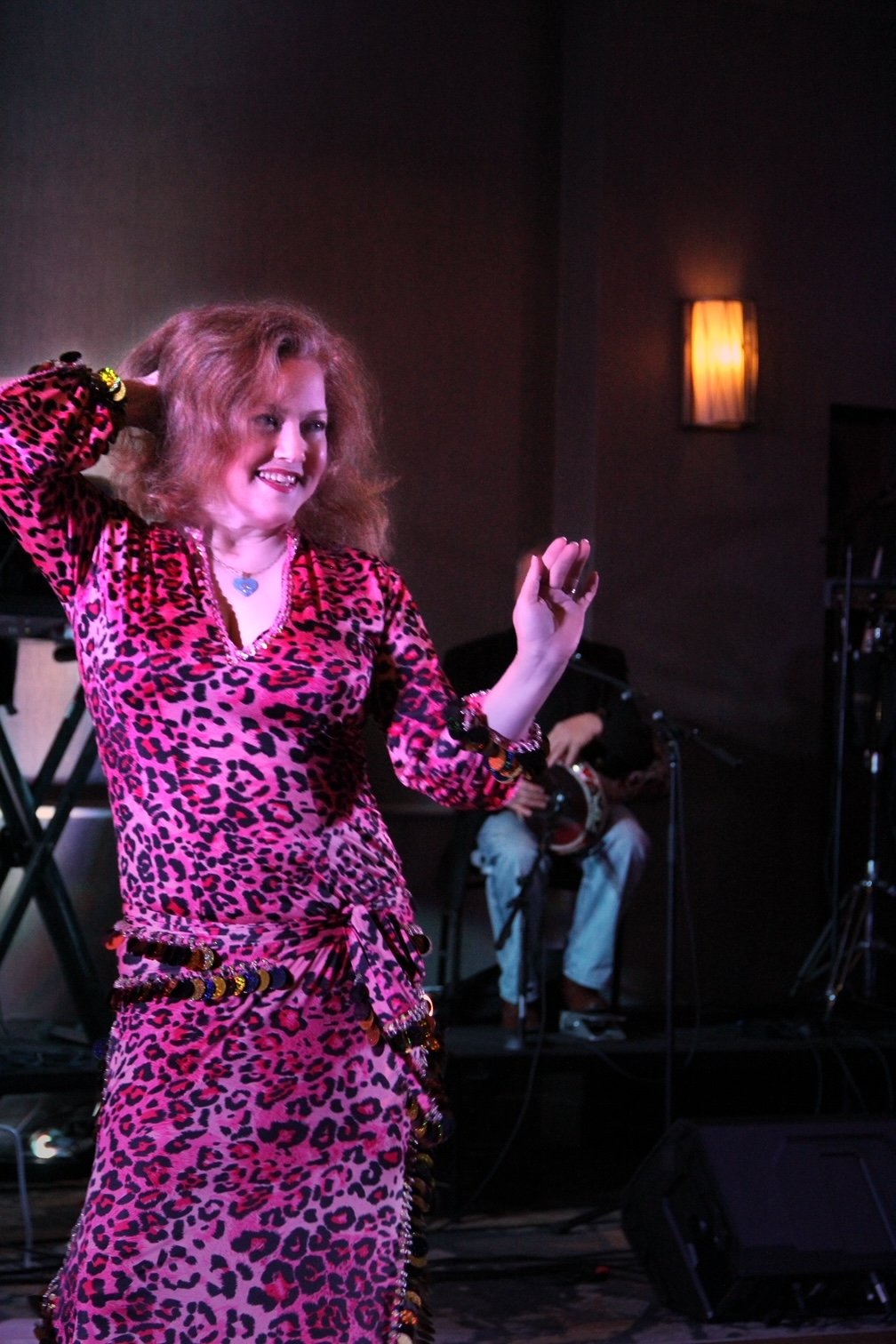Rules: can you dance to Om Kalthoum while wearing a galabeyya?
“Know the rules well, so you can break them, effectively.” -Dalai Lama XIV
“Know the rules like a pro so you can break them like an artist.” -Pablo Picasso
Last year at exactly this time, there was a very specific subject rolling around in my mind that had been there since early spring, and that I kept intending to get to and write about because I just felt the need to “put it out there,” as they say. This was occasioned by the start of a round of 6 or so performances for the year which started in April and ended in October. I had to start thinking of what to wear, which is for me, my least favorite part of the whole process. I believe I wore simple, gallabeyya-style dresses to most of these. But, due to my tendency to get lost in the weeds whenever I sit down to write, here we are a year later, and the subject is still rolling around in the back of my mind, so I’m getting it out.
The question of what an appropriate occasion is to wear a galabeyya for a performance or whether a given type of music and/or dance style is appropriate for wearing this type of garment can be a debate. Back in the day these were also sometimes called “baladi dresses” or “saidi dresses” or just folkloric dresses.
However, I don’t limit my use of these garments to “folkloric” or “baladi” or “shaabi” music- it could just as easily be Abdel Halim or Om Kalthoum, to name the most obvious. For me, a performer in the US, who is not a gigging dancer and therefore not subject to the demands of the performance market, and who prizes comfort and simplicity over all other attributes a costume can have, that’s what I am likely to wear.
I have heard some give guidelines for what is culturally correct, what is culturally appropriate, what is the right music, and so on (which is fine, because you do need to learn the “rules”, or at least hear other people’s opinions on them, when you are actively growing and acquiring knowledge). But the old truism is that in order to break the rules, you should know the rules- and I don’t think anyone could argue that I don’t know the rules. So if I break them, I am doing so advisedly.
Ultimately, it is just a costume. There is no rule that you have to wear a two piece costume to dance to Om Kalthoum, or that simply cut, collared dresses are only for folkloric or baladi style. And for me, having the agency to decide what works for me and own my choices are among the rewards of longevity. I want people to remember the dancing and how it made them feel, not what I’m wearing.

